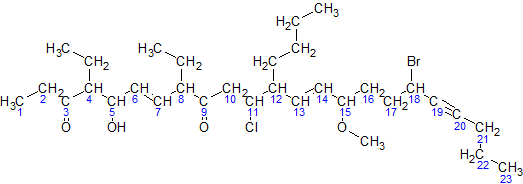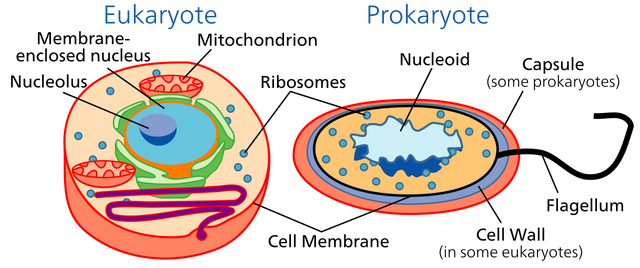1.Biology the basics
Biology is an amazing subject which studies the nonliving but mostly the living objects creating the world around us. Number of specializations in biology is enormous and complexity of some is beyond our understanding. Today I think people have little knowledge of the living things around them and about their bodies, therefore I would like to start this blog with the basic information focusing on humans, plants and animals. If you are interested I need your feedback a lot to adjust the information if it is too much or not enough sophisticated and if you have any questions just ask.
At first I want to say how improbable it was that the life as we know it would be created. The basic and most important element in organic molecules is carbon C with 4 bonds to bind with other molecules or other carbons. Because it can bind other carbons it can create extremely long chains which are necessary for the big organic molecules(macromolecules) like proteins, sugar and lipids to exist. All life on earth we have discovered so far is based on carbon.

Together different types of macromolecules form a cell which is the smallest building stone of organisms. All organisms we know(expect the viruses) are formed by cells from one cellular organisms(bacteria) to multicellular organisms(animals, plants) which are formed by billions of cells.
During evolution three basic types of cells evolved Bacteria, Archaea and Eukarya.
Bacteria and Archaea are simple single cellular organisms. They do not have organelles like Eukarya.
We will talk more about Eukarya and their cells in next post but here is some basic info.
Eukarya have complex cells which contain structures called organelles. There are different types of organelles and each has its own function. Through the process endosymbiosis(more about that maybe later) Eukarya acquired mitochondria and plastids which were formally bacteria. Some organelles are mitochondria(produces energy), plastids(center of photosynthesis), nucleus(contain DNA) and many more. Eukarya cells form the bodies of plants, animals and of course us.

Next: Eukarya the basics
Images source: wikimedia commons public domain